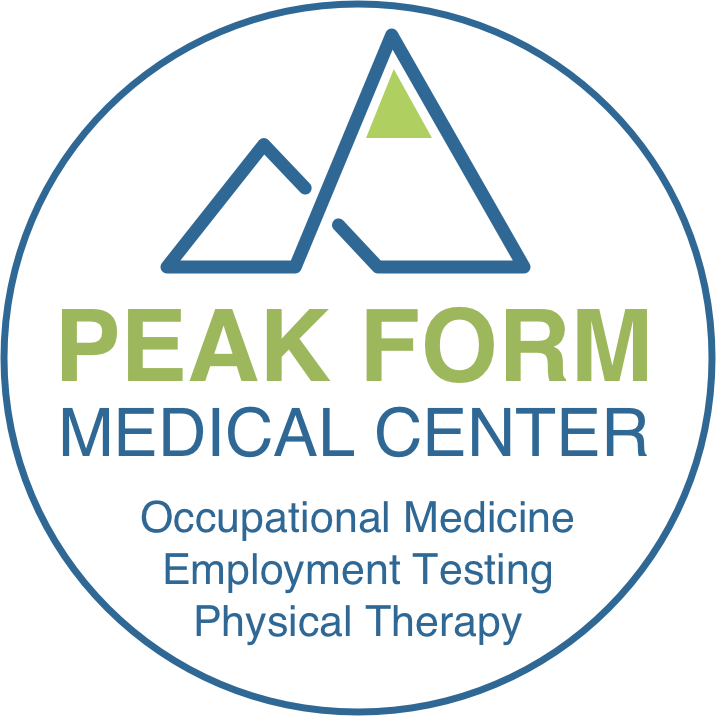Study Offers Fresh Hope for People Living with Chronic Back PainBy Curtin University Long-term sufferers of chronic back pain experienced dramatic reductions in pain and related disability that remained at their one-year follow-up after taking part in a new treatment tested by Curtin-Macquarie-Monash University research. Published today in the journal The Lancet, the research found large clinically significant improvements in the intensity of pain and pain-related disability among almost 500 people who had been seeking help for their pain for an average of four years before trialing the new treatment. The treatment, which delivered a health care and work productivity saving of more than $5,000 per person, took a whole-person approach by also helping people to make lifestyle changes aimed at improving their social and emotional health. Lead author Associate Professor Peter Kent, from the Curtin School of Allied Health, said the findings produced compelling evidence that the new treatment had a large and lasting impact at a "clinically important" level. "Lower back pain is the leading cause of disability across the globe, contributing to a loss of work productivity and early retirement worldwide," Associate Professor Kent said. "These exciting results give hope to the millions of people around the world who are disabled by back pain. It also provides a clear roadmap for clinicians, health services and policymakers on how to reduce the growing burden of chronic back pain with a high-value, low-risk approach based on the best scientific evidence." The treatment, called Cognitive Functional Therapy (CFT), offered personalized and intensive coaching sessions that helped people make sense of their pain, focused on retraining them to move in ways that reduced their pain, and built confidence in movements and activities they had been afraid of or were avoiding. The treatment was delivered in 20 clinics across Perth and Sydney by 18 physiotherapists that were specifically trained to deliver CFT. Participants living with chronic back pain—including many who had high levels of disability—tested the program in up to seven sessions over a 12-week period, followed by a booster session at six months. They were followed-up by questionnaires until 12 months. More than 80 percent of the participants were satisfied with the treatment. Co-author Professor Peter O'Sullivan, also from the Curtin School of Allied Health, who developed the new treatment, said it put the patient at the center of care. |


